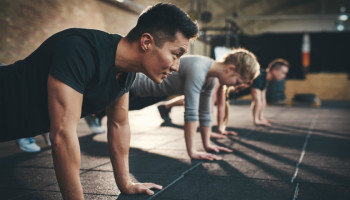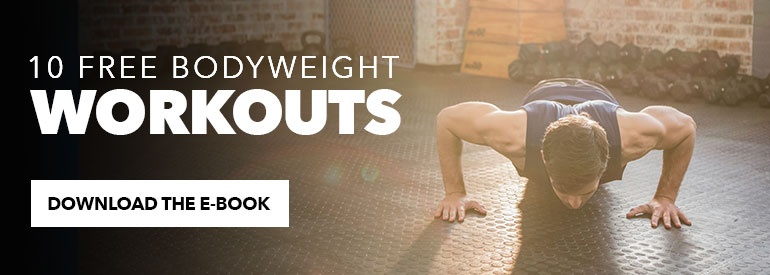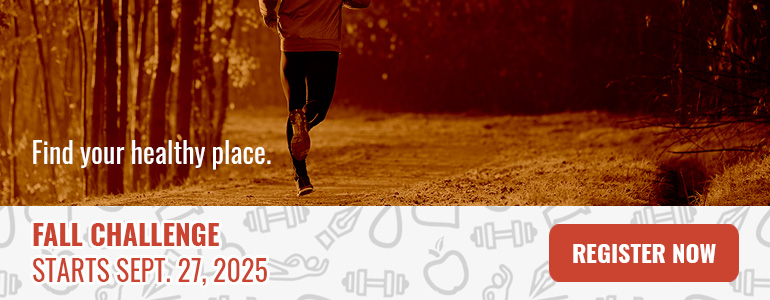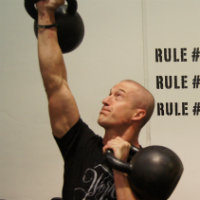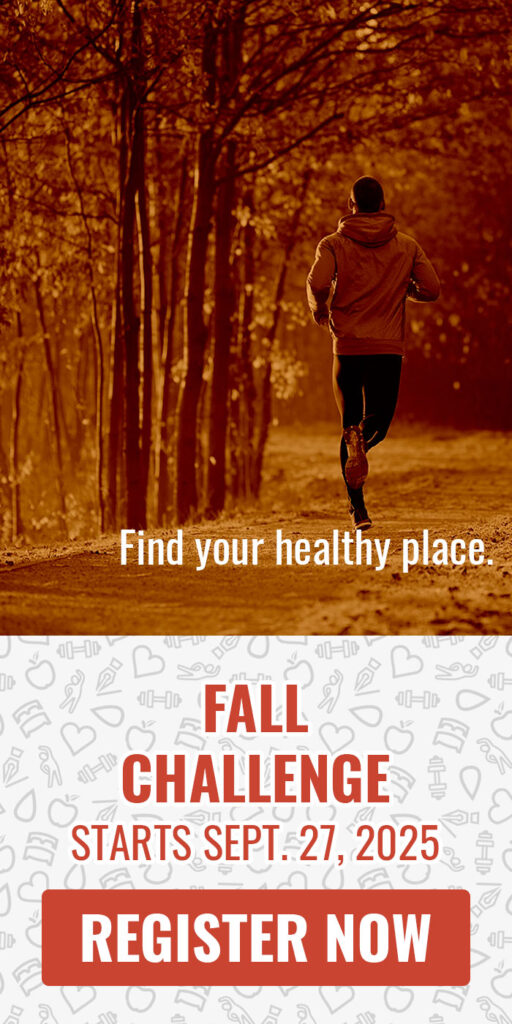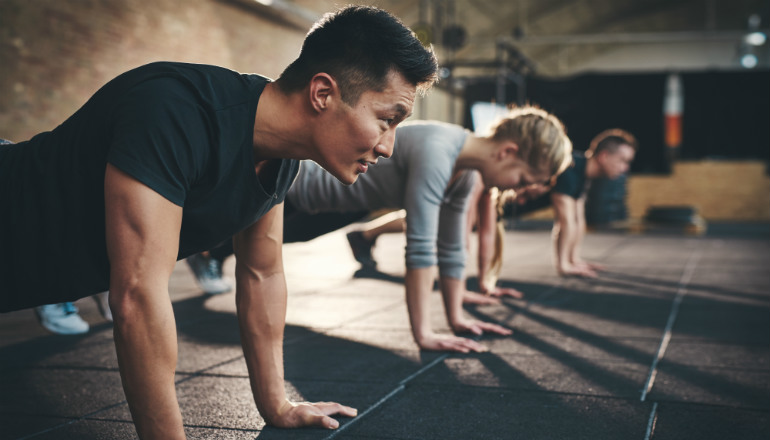 Reading Time: 5 minutes
Reading Time: 5 minutesOver the years, I’ve read a bunch of articles written by people who told me how hard on the shoulders the bench press can be. I took note of the information in these articles, but only in a circumspect way. I had no real understanding of what was being said.
The reason for that was simple: most of these articles were written by guys who had been training longer than me. They’d put in hundreds or thousands of extra reps into their shoulders, and the results were plain to see.
The truth is that sooner or later most people end up with some funky stuff going on in their shoulders and it’s all thanks to two things:
- How much time they’ve spent seated.
- How many reps of training they’ve done.
The older you get, the more of both you tend to accumulate. A couple of years ago, I spent a few months doing 2,000 push-ups per week on top of all my other normal training. No surprise that my shoulders were not so great afterward. I had added a few years of reps into them in a matter of months.
So, if you’re already struggling with your shoulders or hoping to avoid a shoulder injury in your future, it’s important you understand what contributes to shoulder health and the exercises you can incorporate into your routine that will build your shoulder strength in a productive and long-lasting way.
What Contributes to Shoulder Health
Shoulder health is mostly dictated by four things:
- The mobility of the neck
- The mobility of the thoracic spine
- The function and stability of the scapulae
- The muscles of the rotator cuff
The shoulder joint itself is a fifth potential problem, but you can see that it really only represents a small percentage of the likely causes of your shoulder issues.
So, if you want healthy shoulders, your first step is to make sure your upper back and neck are properly working. A great exercise for that is the kettlebell armbar. It’s an excellent drill to gain both mobility and stability in the shoulders.
How to Do the Kettlebell Armbar
Key points:
- Start with a light kettlebell, men no more than 16kg and women 12kg.
- Begin like you would for a kettlebell get-up by rolling to the side to grasp the bell before returning back to a lying position on the ground with the bell at arm’s length overhead.
- If you are holding the bell in your right hand, extend your left arm so it forms a straight line with your left leg, pointing back behind you. I tell my clients the goal here is to rotate over and try to touch their chest and hips to the floor on the other side.
- You’ll find you get a great stretch in the pecs, delts, and lats, as well as all the muscles responsible for extension and rotation of the upper back.
Once you’ve been practicing the armbar for a bit, and your shoulders are moving better, you’ll want to find some friendly exercises for both horizontal and vertical pressing.
How to Do the Floor Press
The friendliest horizontal press is the floor press. Because you can’t go into a great degree of shoulder extension, it’s incredibly safe for the joint.
Key points:
- Your shoulders should stay pressed down towards your hips throughout.
- Do not let your shoulders roll forward or shrug up toward your ears.
For the floor press we will lie with legs straight, roughly shoulder width apart.
The safest way to get under the bar is by having a training partner hand it to you. If that is not possible, I like to use lifting blocks that chock the bar off the ground by about six inches — just enough to make sure I can easily slide underneath, but not so high my arms are fully extended when I reach for the bar.
Use a slightly wider than shoulder-width grip. Ultra-wide or narrow grips play havoc with joints. As a rough rule of thumb, think where you would place your hands if you were to push your car. That is going to be where you are strongest and safest.
Lower the bar to your sternum, keeping the forearms vertical throughout. Rather than think of lowering the bar, think of pulling it down to your chest. Hold your breath on the descent and breathe out as you pass the sticking point on the ascent.
How to Do the Seesaw Press
When it comes to pressing for healthy shoulders, nothing beats kettlebells. They’re just extremely easy on the shoulders. Well, until you start pressing heavy and often. Then, just like everything else, they usually cause an injury. I can remember one RKCII event I taught at where nearly 50% of those present had shoulder injuries thanks to all the heavy pressing needed to pass the certification.
That said, single kettlebell presses are a great tool for upset shoulders. Where a barbell locks you in place and gives you nowhere to find some extra space, the single bell gives you wiggle room underneath it where you can usually find a comfortable position. But nothing grows muscle and strength faster than heavier weights. This is why the strongest guys usually gained their strength with barbells. So, what is the solution?
Between the big load (but restricted position) of the barbell and the flexibility (but low load) of the single bell lies training with double bells. But double bells act much like a bar and you can find yourself restricted if your shoulders are problematic.
And that’s where the seesaw press comes in. It’s basically a double kettlebell drill performed one side at a time. The double bells place more stress on the body thanks to the higher load and the seesaw action saves the shoulders thanks to being able to find that wiggle room.
Key points:
- Press one bell in the air as normal.
- Actively pull this bell down while driving the other bell up.
- As the bell goes up, push your hips underneath it. You’ll find there is a side-to-side rhythm to it.
- Keep your knees and glutes locked out to protect the back.
- Keep the shoulders pulled down toward the hips and away from the ears.
- Maintain a vertical forearm at all times.
Shoulder Health Comes from Smart Shoulder Training
Just because you’ve been lifting weights for a long time (or sitting down for even longer) doesn’t mean your shoulders have to be sore all the time. If you take the time to get them moving again and pick some smart exercises, you’ll find you’ll be able to keep training your shoulders for a long time to come.
